Susak expo 2016 LIVE
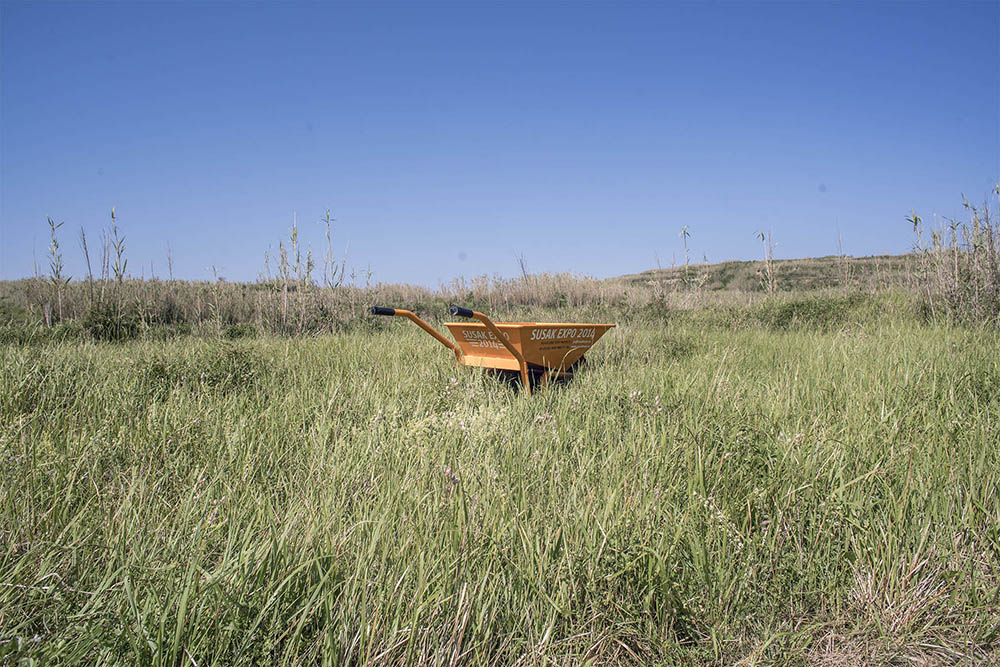
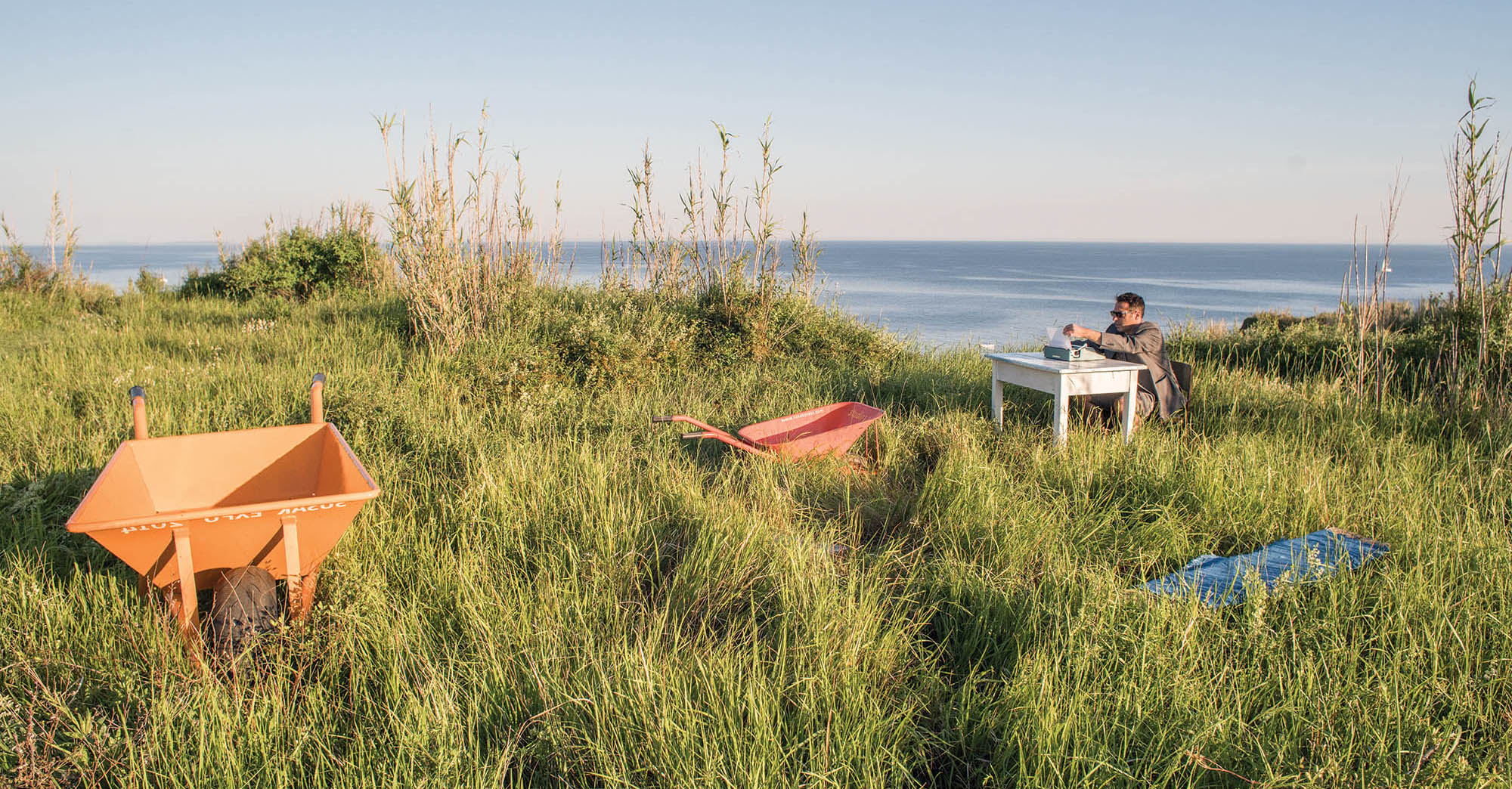
LIVE
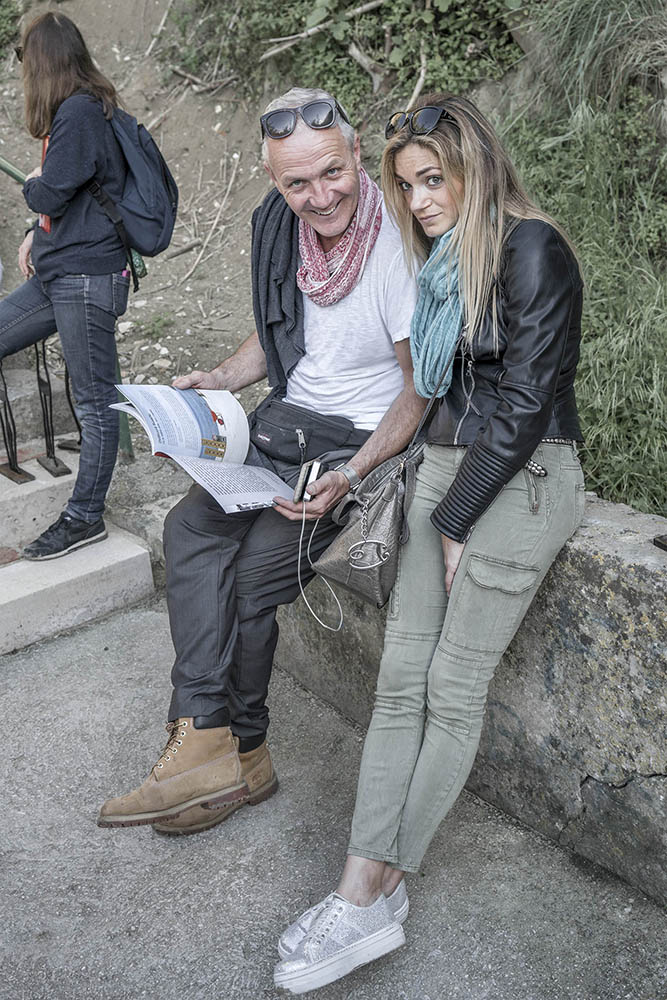
Gianfranco Mirizzi’s Susak expo bookshop – Launch of Sluice_Magazine
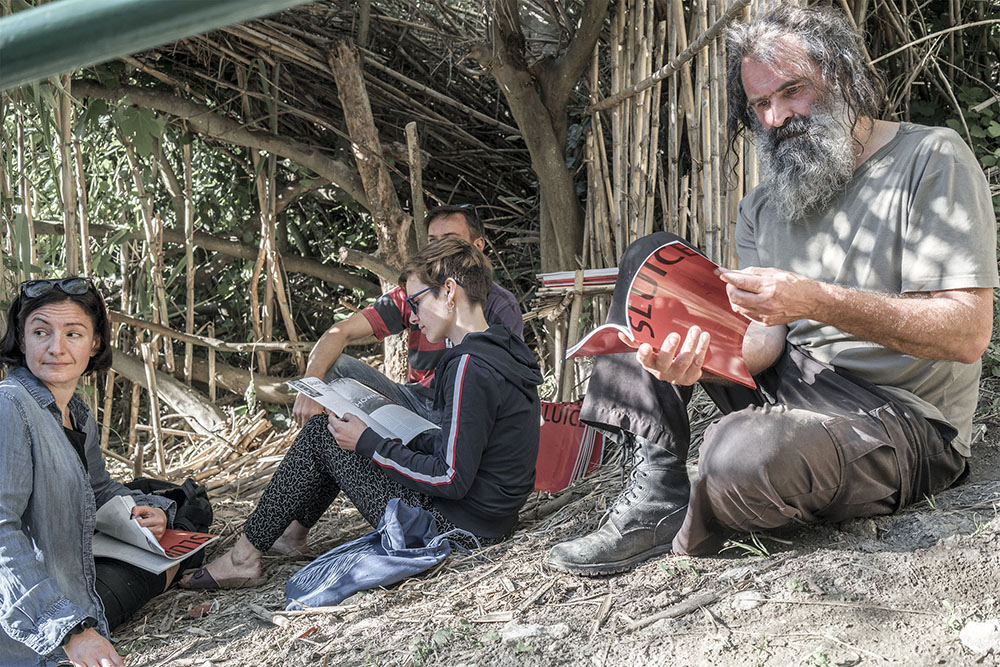
Gianfranco Mirizzi’s Susak expo bookshop – Launch of Sluice_Magazine
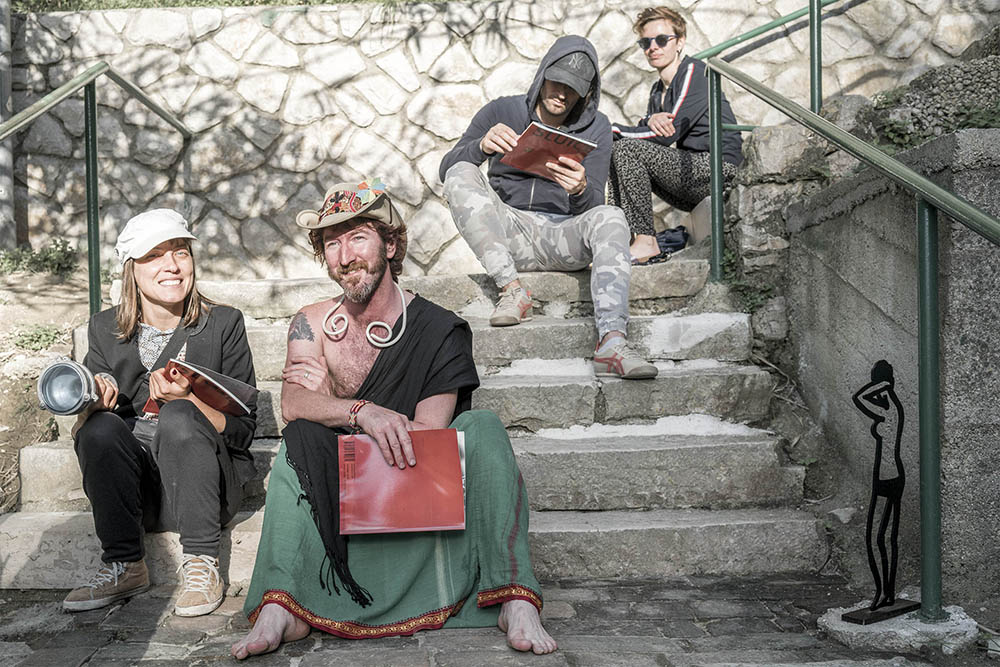
Gianfranco Mirizzi’s Susak expo bookshop – Launch of Sluice_Magazine
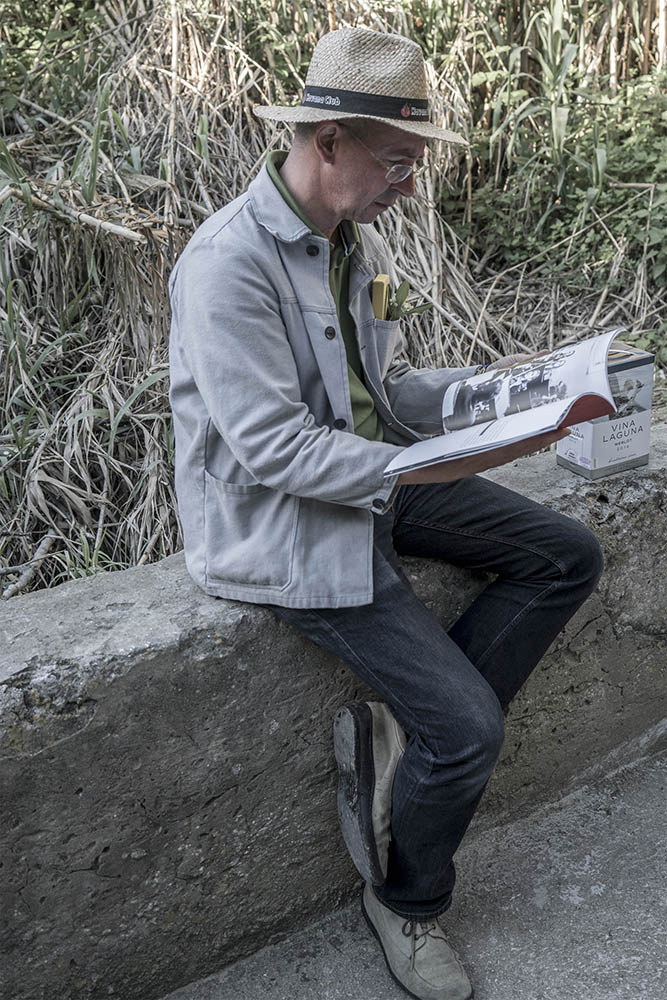
Gianfranco Mirizzi’s Susak expo bookshop – Launch of Sluice_Magazine
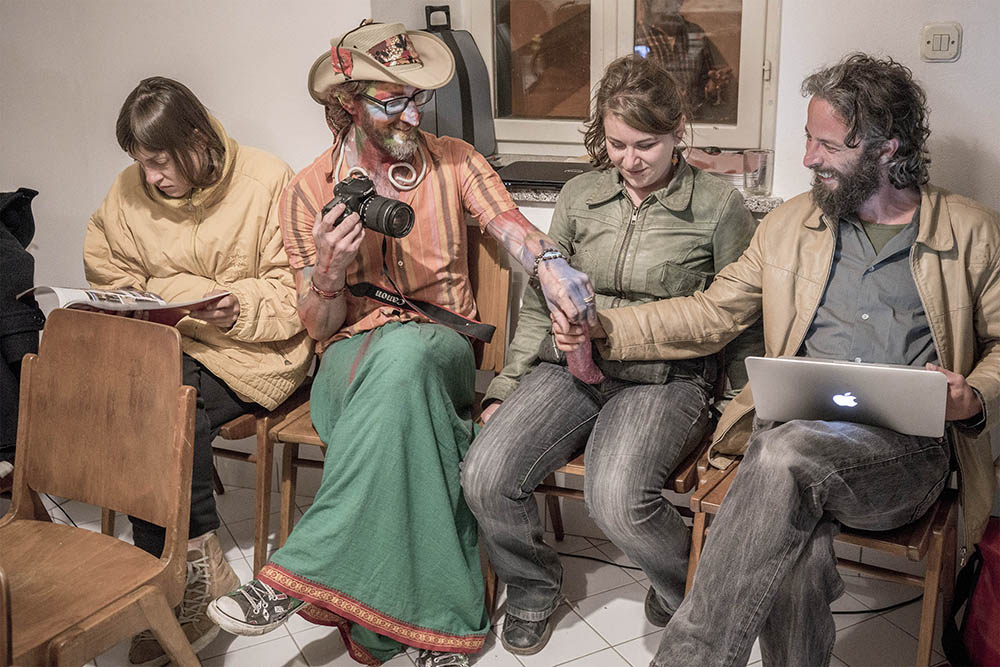
Impressed?
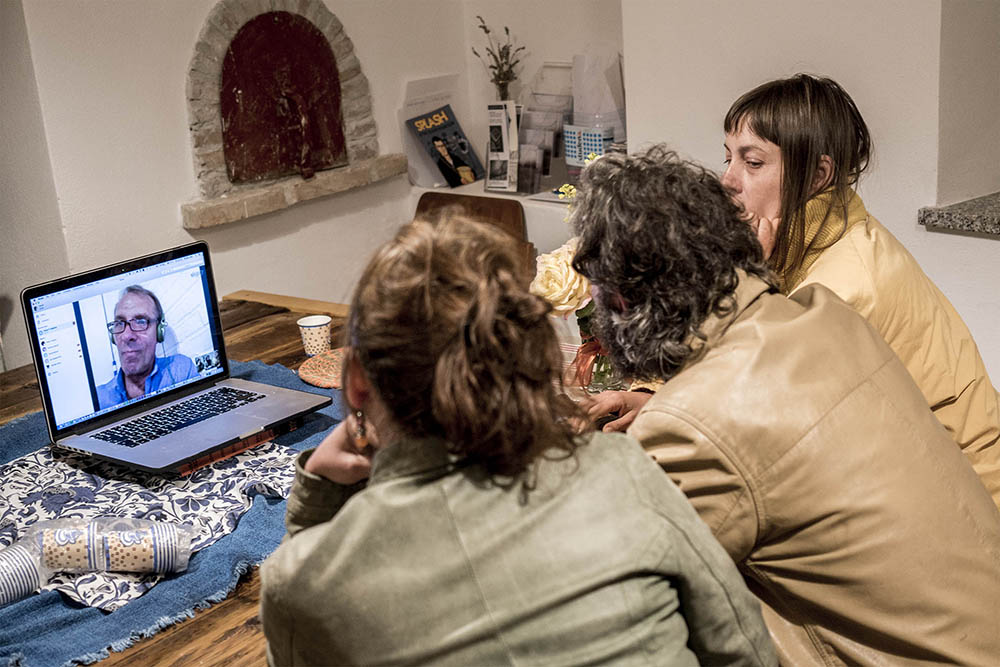
Not impressed!
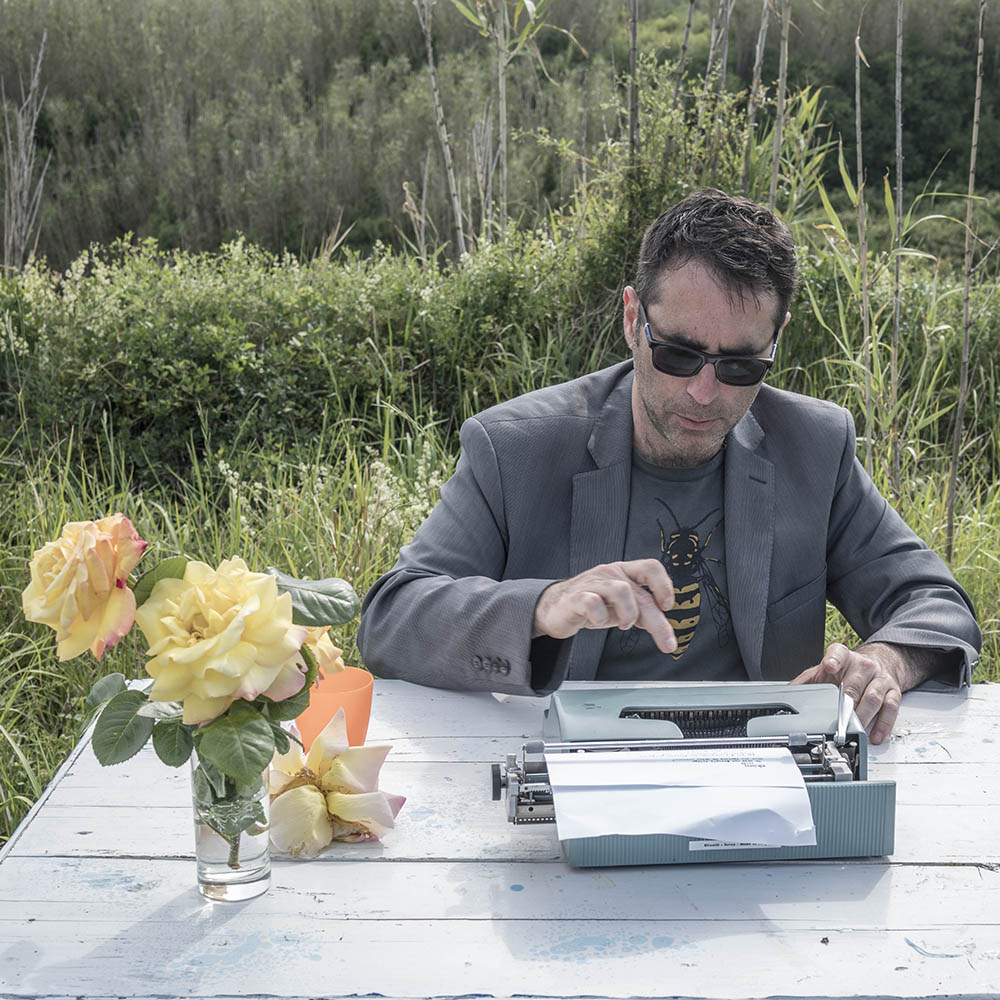
Daniel Devlin – Ured
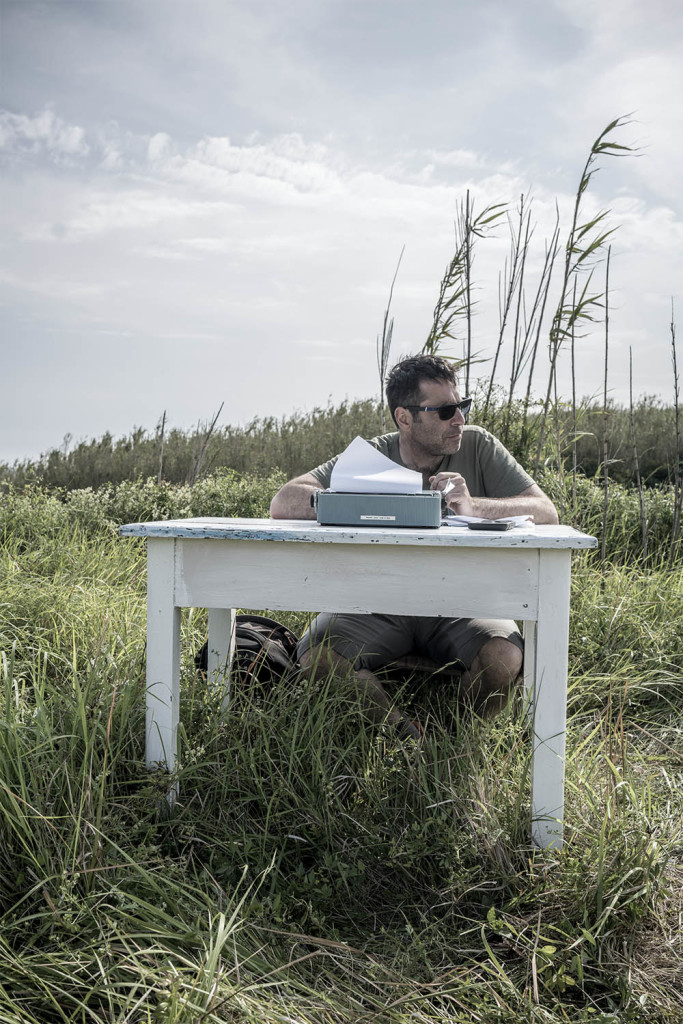
Daniel Devlin – Ured
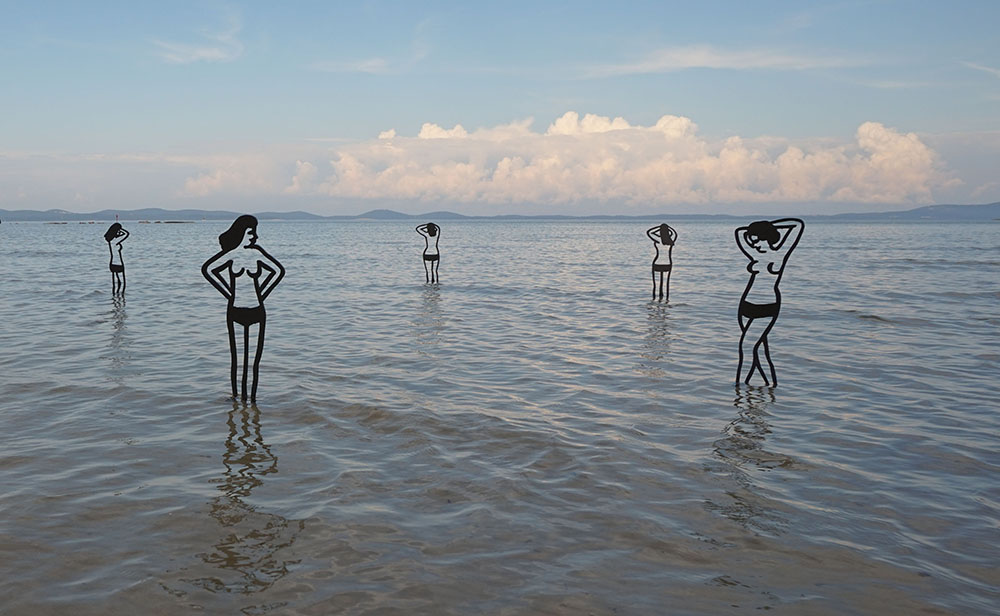
Petra Varl – Bathers
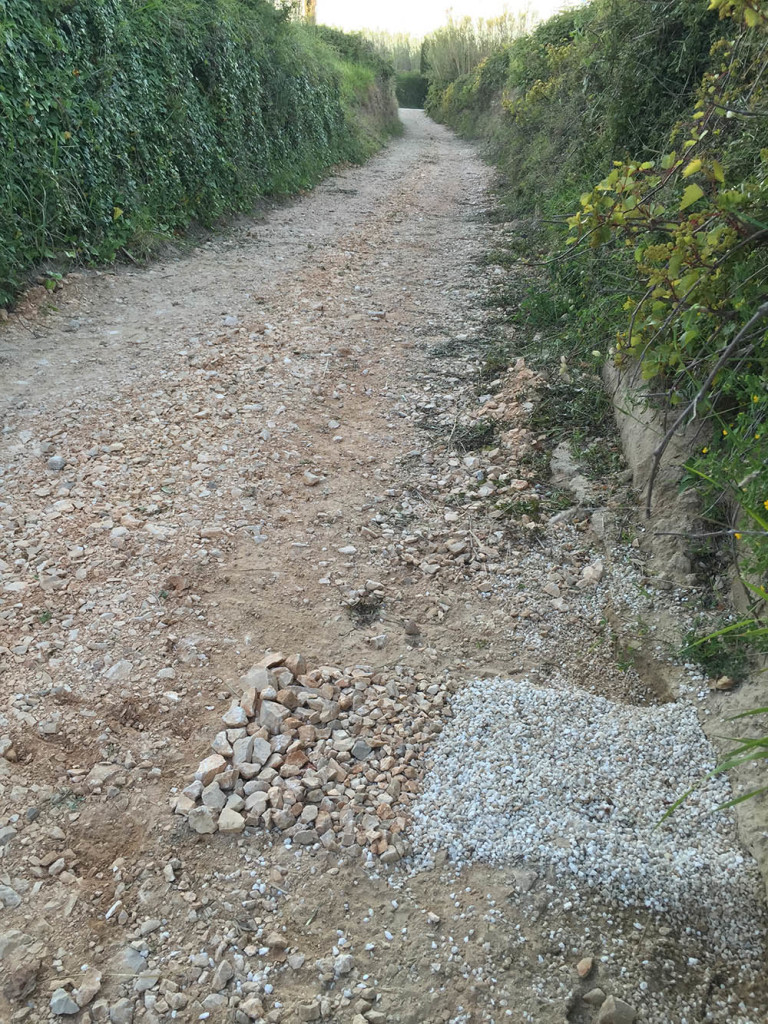
Janko Matić

Janko Matić
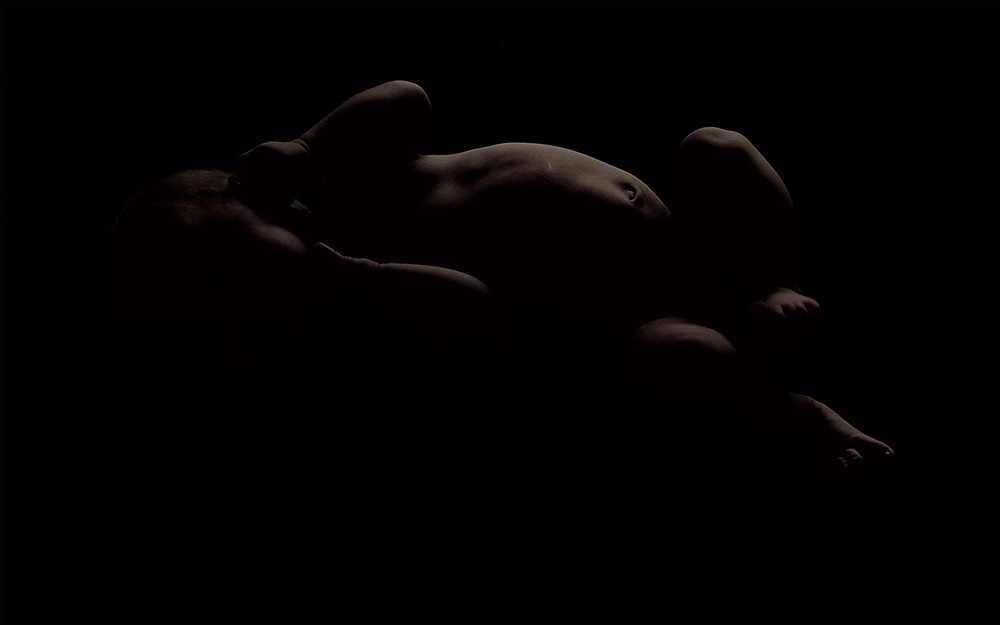
Ada Kobusiewicz – video still from “Tara”
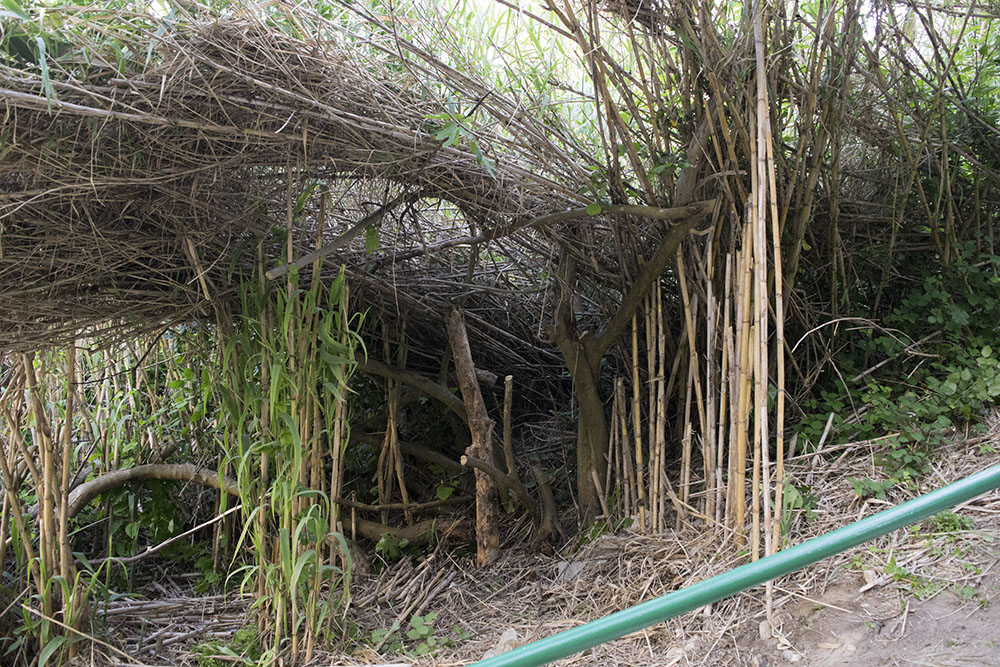
Expo Book Shop – Gianfranco Mirizzi
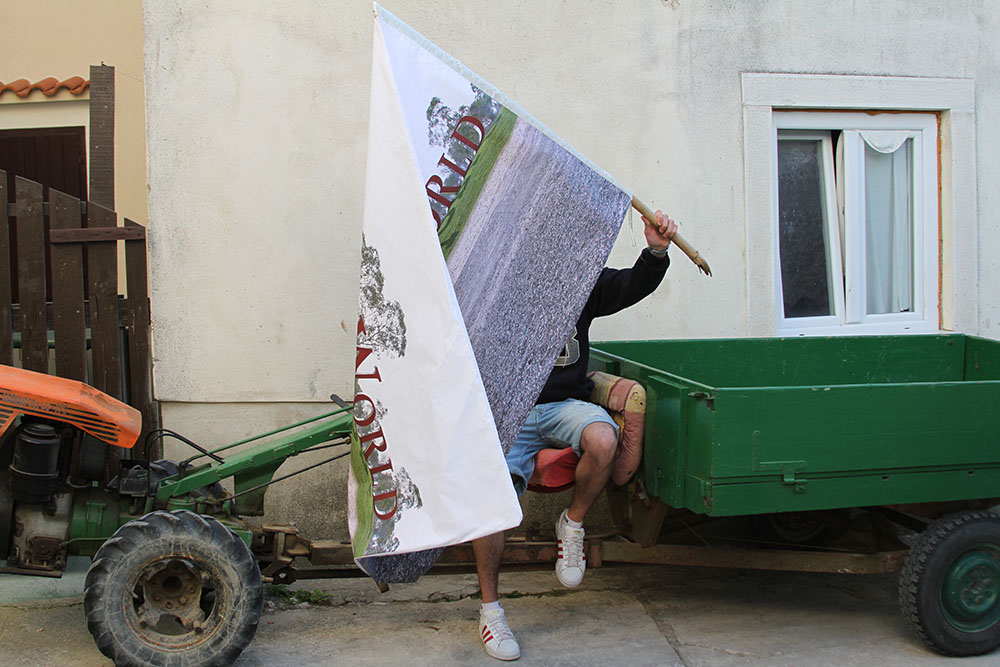
Douglas Lewis – Grand World Traktor
![ArtHelix <=> SUSAK expo 2016 [Tomislav Brajnović]](https://old.susakpress.com/wp-content/uploads/2016/05/IMG_8767.jpg)
ArtHelix <=> SUSAK expo 2016 [Tomislav Brajnović]
![ArtHelix <=> SUSAK expo 2016 [Tomislav Brajnović]](https://old.susakpress.com/wp-content/uploads/2016/05/IMG_8766.jpg)
ArtHelix <=> SUSAK expo 2016 [Tomislav Brajnović]
![ArtHelix <=> SUSAK expo 2016 [Tomislav Brajnović]](https://old.susakpress.com/wp-content/uploads/2016/05/IMG_8771.jpg)
ArtHelix <=> SUSAK expo 2016 [Tomislav Brajnović]
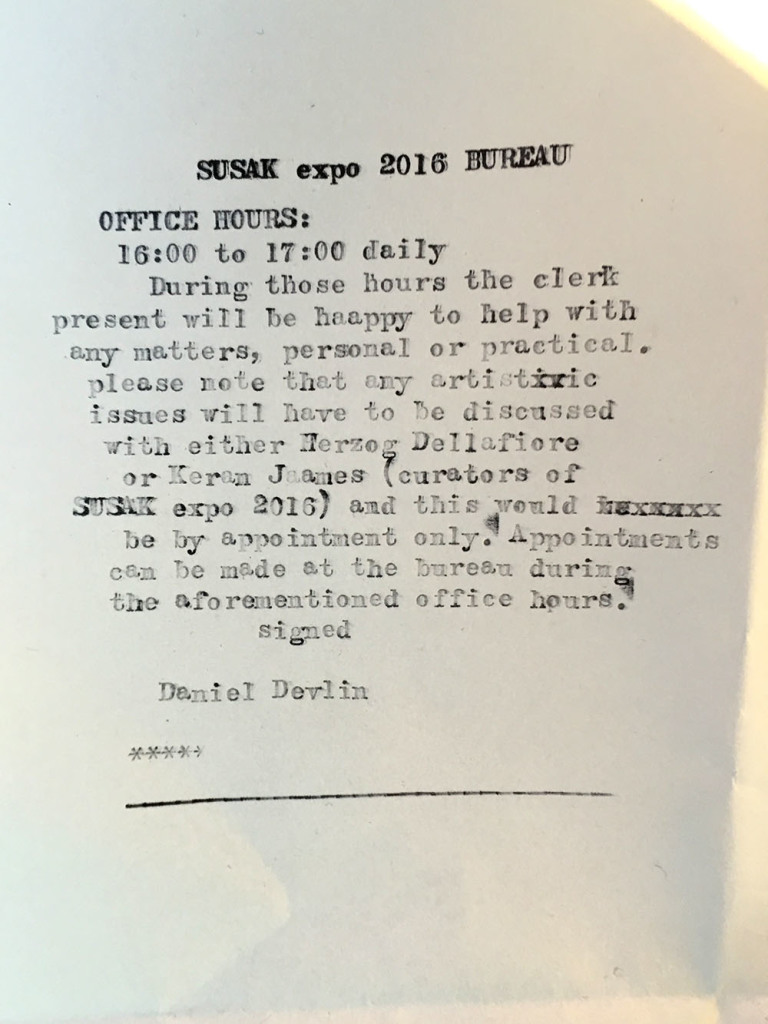
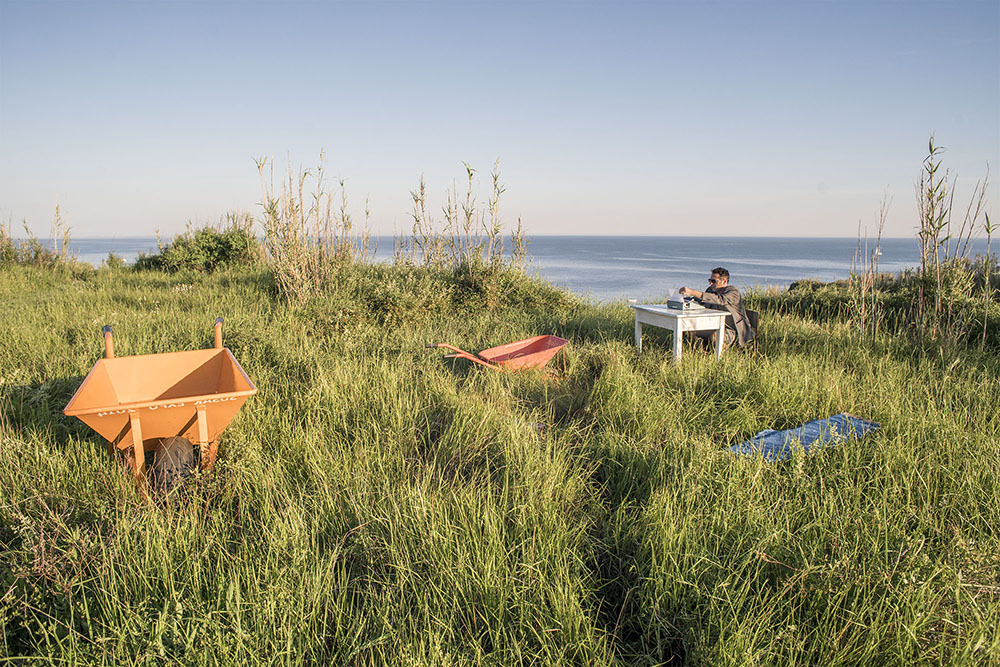

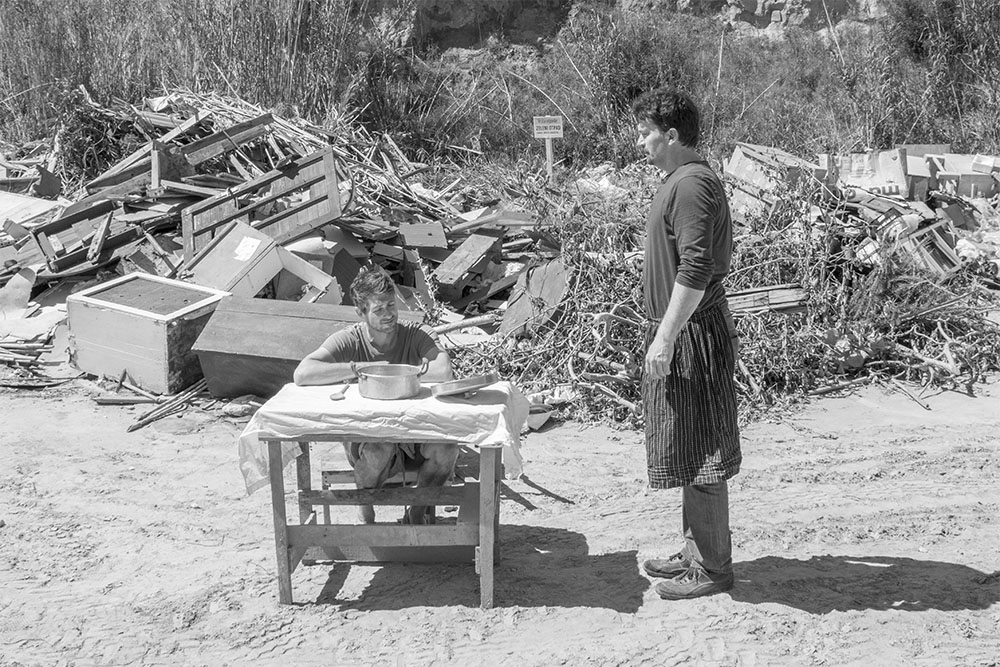
Brajnović – Matić
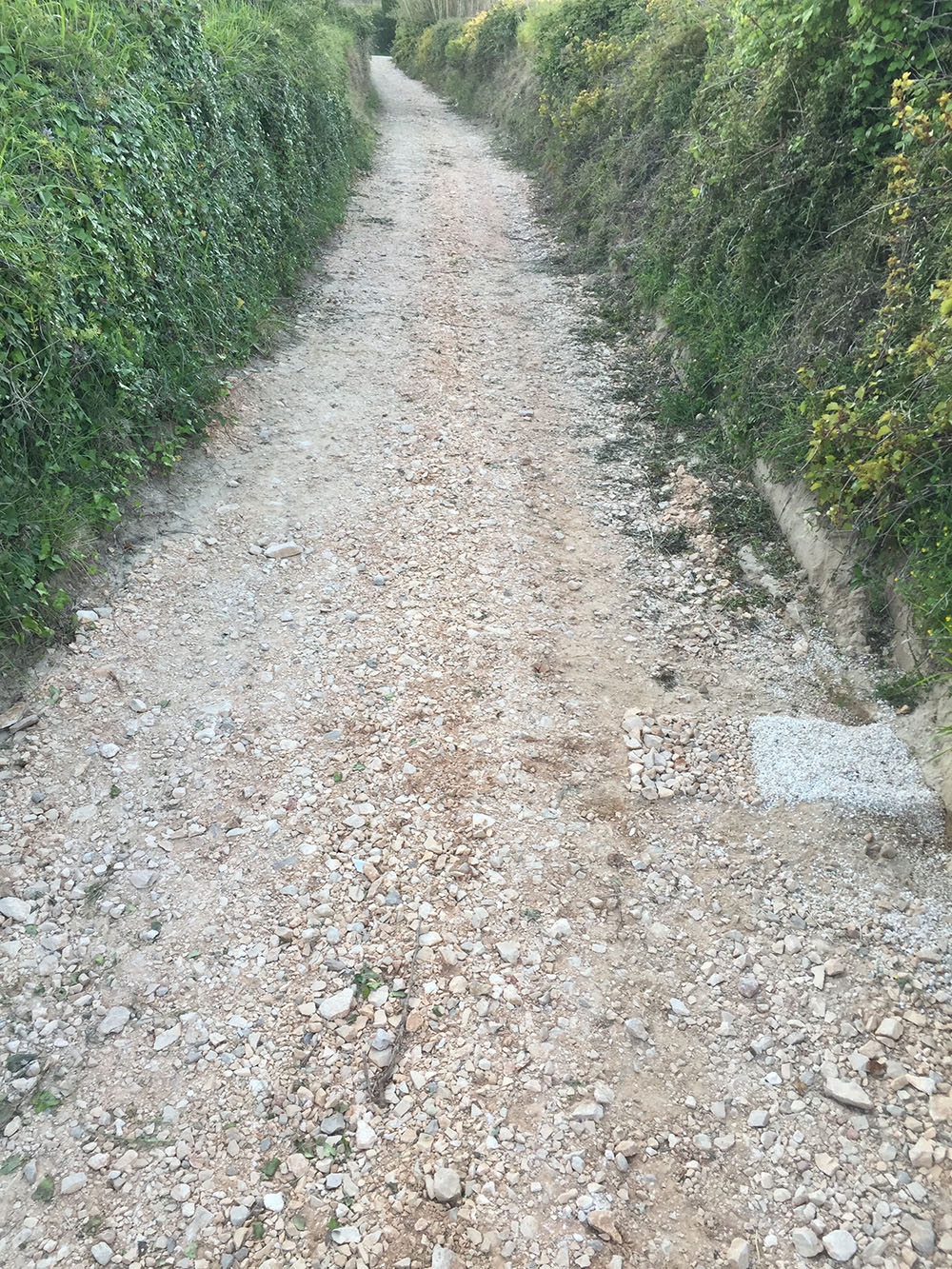
Janko Matić
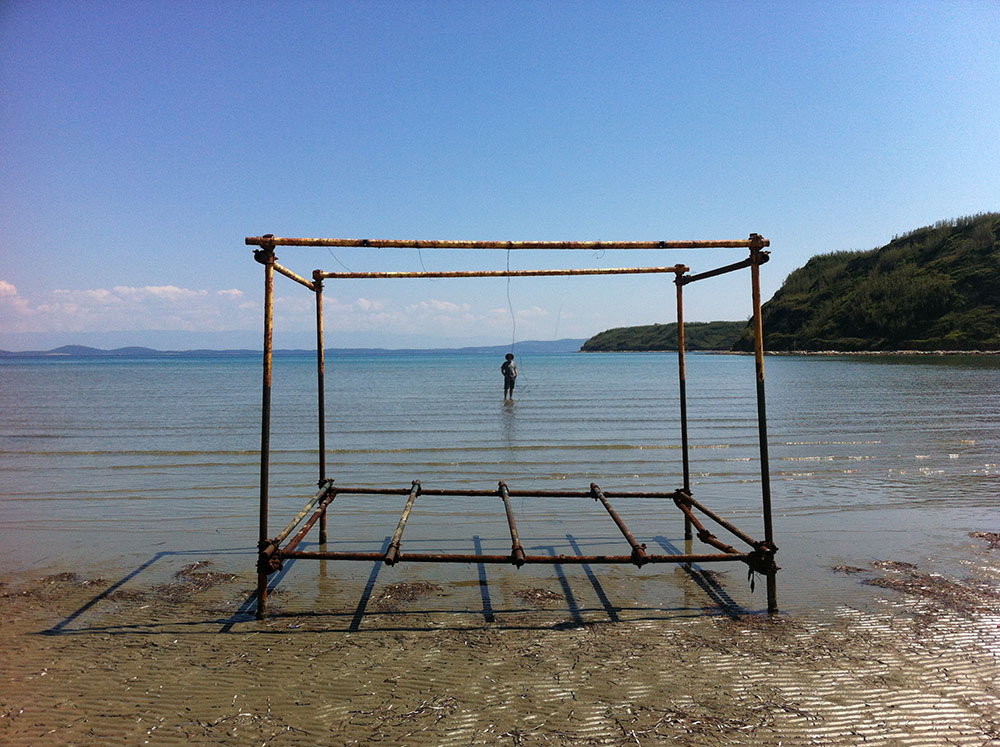
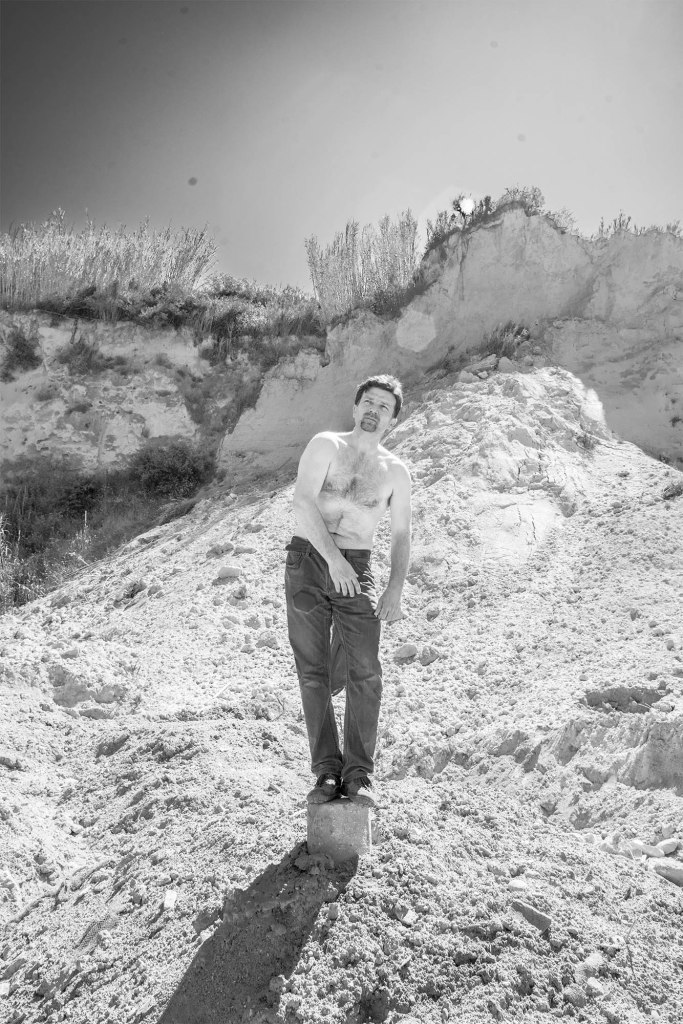
Brajnović
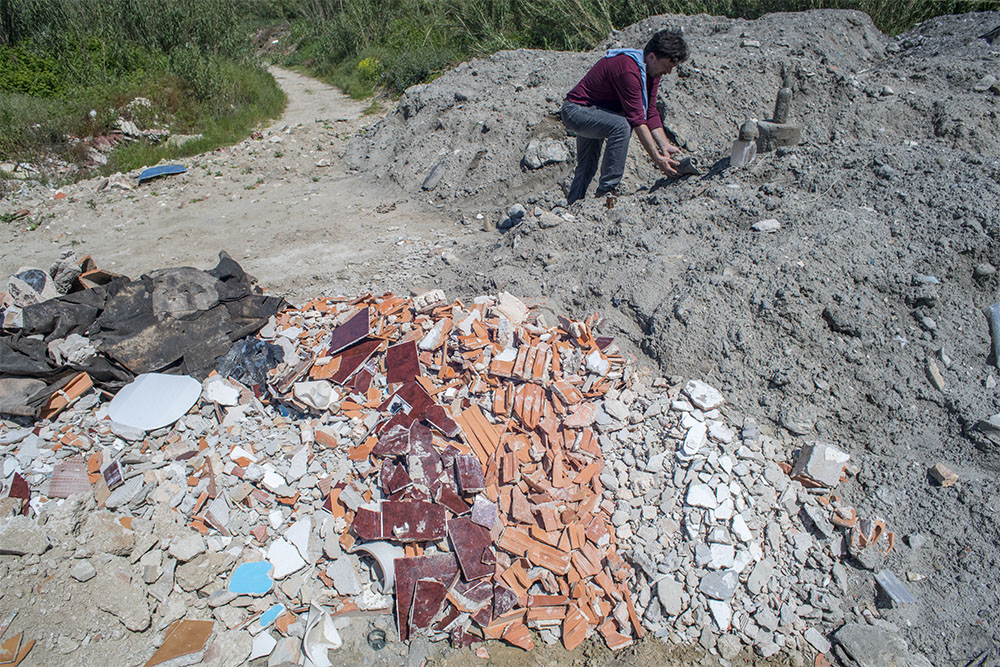
Matić
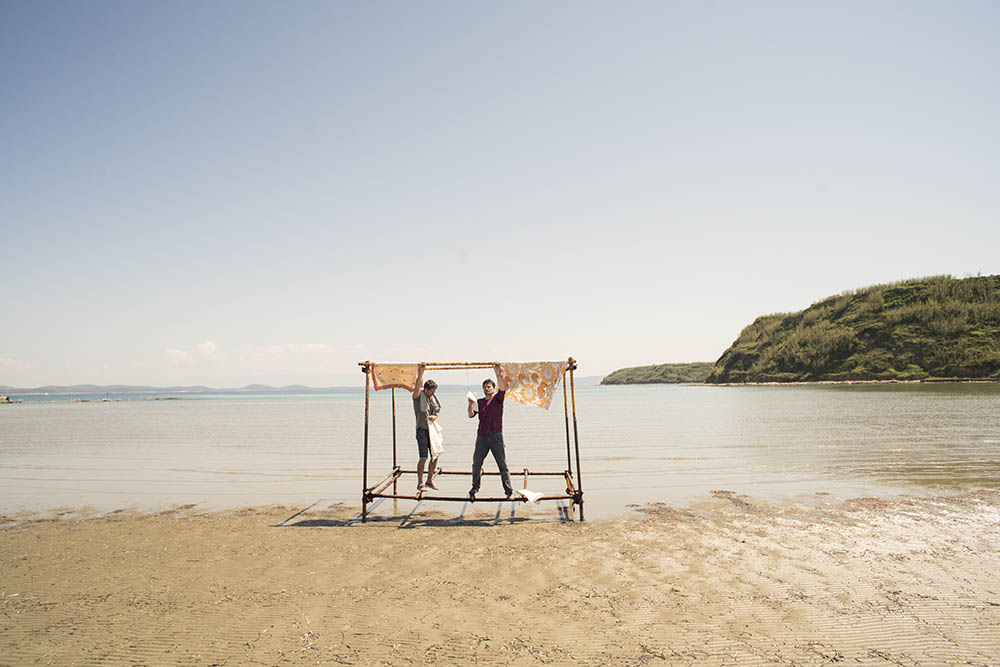
Brajnović-Matić

—————————————————————-
House 600, Susak
PV / OPENING: Thursday 12 May
exhibition until end of September
Palača Fritzi, Museum of Mali Lošinj
PV / OPENING: Friday 13 May
exhibition from 13 May to 22 May
ArtHelix, Brooklyn, NY
Musée Des Civilisations, Dschang, Cameroun
Muzej Macura, Novi Banovci, Serbia
Mali Salon, Korzo 21, Rijeka (Croatia)
Curated by Keran James and Herzog Dellafiore
Susak expo begins as an idea to extend platforms by exchanges of contexts and languages through dialogues between people and locations. It’s an idea on the move, an idea in translation. Translation can slip between languages to structure networks of thought. It enables simultaneous experiences to interact. It is vulnerable and open to incompletion as well as failure and misunderstanding. The project may fail or it may succeed, its outcome and even the idea of its completion is uncertain. And because of this openness it is vulnerable, this is its character. [Jo Melvin, 2006]
.
Artists:
artists:
Elisa Bollazzi / Microcollection
Rhiannon Rebecca Salisbury
Daniela Leupold Löwenthal
Peter Znidaric Seewasser
Liberty Antonio Sadler
Werner Mandlberger
Brian Dawn Chalkley
Alessandra Sormani
Christoph Aschauer
Hassan Abdelghani
Natalie Anastasiou
Tomislav Brajnović
Gianfranco Mirizzi
Dorothy Dellafiore
Herzog Dellafiore
Ada Kobusiewicz
Kagweni Micheni
Camille Bonanza
Andreas Schatzl
Markus Dressler
Robert Findenig
Igor F. Petković
Gabriele Sturm
Cedric Christie
Christian Wabl
Christine Punz
Boris Mihaljčić
Danka Nisević
Dominik Grdić
Olivia Strange
Michael Maier
Gašper Jemec
Hermann Fink
Dejan Štifanić
Romina Dušić
Daniela Urem
Avo Zimmerl
Daniel Devlin
Keran James
Sally Gordon
Elena Perugi
David Brock
Peter Evans
Janko Matić
Michael Eisl
Ulrike Tisch
Caro Streck
Doug Lewis
Georg Miks
Chel Logan
Ana Pastor
Tom Bayer
Tash Kahn
Oliver Ertl
Petra Varl
Chelsea Salon
studio1.1
studio1.4
FKuK RIVIERA
………………………………………………………………………………………………….
Daniel Devlin, a method painter and its co-founder, has kindly agreed to respond to the following questions about this year’s Susak Expo. It may be worth noticing that the highly-respected Italian American art critic, Jennifer Viviani, has described Devlin, in one of her influential essays in 2006, as: “a self-confessed cynic […] An expert in making meta-works: objects and statements that explain art or function as its accessories or souvenirs, but can never be taken for the artworks themselves […] ‘One must not spend time doubting, one must just begin’ is the opening slogan for one of Daniel Devlin’s films, and yet Devlin never really begins any art. In fact, Devlin habitually avoids making any art, preferring rather to languish in the Ur stages of the art process. He frets not about what artwork he will make but rather indulges himself in neurotic self-analysis about what art itself is. In the video Conversation, Devlin and his Doppelganger (the artist plays both characters) sit around drinking coffee, one of the Devlins boring the other with rhetorical questions regarding the definition of ‘art’. Devlin 1 ponders one such definition he has read as ‘culturally significant meaning skilfully encoded in affecting sensuous medium’, a phrase he muses over until he drives Devlin 2 so crazy that he throws a glass of water over him. With a background soundtrack of canned audience laughter, booing and hissing, the philosophical questioning here is reduced to the slapstick humour of an American sitcom. Devlin is not really interested in finding answers; if he were, then he would have to get on and make some art, not lazy conversation.” There is nothing more encouraging than a visceral review by an acclaimed art critic.
What are the benefits of organising a biennale that no one sees?
The original reason for organising the Susak Expo was as a reaction to all the art fairs, biennales and museums of contemporary art sprouting up everywhere, and to highlight the absurdity of this proliferation by staging an international art biennale in the most unlikely of places where, apart from a few people seeing it by mistake and, of course, the participating artists, the chances are no-one will see it. The first three editions had an advert in Frieze magazine, and I like the idea that there was a remote chance that someone might mistake it for a ‘proper’ biennale and actually turn up.
If a tree falls in a forest and no-one is around to hear it, does it make a sound? Is art validated if no-one sees it?
Since no-one sees the exhibition, the objects created for it (paintings, installations, photographs etc) lose importance, while what becomes central is the whole experience of artists sharing time and ideas. When the Expo is over, some of the objects will still be there for a while, like strange artist droppings.
Maybe people should ask themselves – what are the benefits of a biennale that people do see? And maybe realise that the desperate and misguided search for exposure and acceptance is possibly not where we should focus our energy. And, possibly, consider the idea that art might be somewhere unexpected.
Artists crave exposure. Do you prepare them in advance of the zero attendance? What are their reactions?
One hopes that not all artists feel the same way about exposure. You get all sorts of artists with all sorts of intentions. Artists are made aware that generally no-one turns up to the Susak Expo; I want the artists to be OK with the concept and possibility of failure, or even to embrace failure as a desirable outcome. The possibility of failure ensures the unpredictability of the expo. So even if there is a storm for ten days and we are not able to get to the island at all, Susak Expo will still have happened.
Many artists don’t care, as long as it will look good on their CV they’re game, But most of the ones who think like that quickly figure out that Susak Expo most probably isn’t going to look great on their CV anyway, so I don’t get many of these. They would rather participate in an ‘anyone goes’ group show featuring many dozens of artists, where you take in your object (often the same object you’ve taken to previous shows), leave it there for a week (sometimes longer) and then take it away. Your exposure is minimal (unless your name starts with an A and some punter might have read your name scrolling down the first few names in a very long list of artists listed in a tiny font on the A4 flyer), but the gallery is in the right area and it will look good on your CV. My advice is not to bother; it’s easier just to make up your CV and fill it with as many exhibitions (group or solo), real or invented, as you want. I wouldn’t put in too many big shows, though; I would balance it out with some minor ones.
It has happened that artists have misguidedly believed that Susak Expo is a ‘proper’ art event, and even though it would have been explained to them that failure is cool and no-one will see their show, they don’t believe it. These artists hate the experience and add a bit of friction to the event (not necessarily a bad thing). On one occasion, when we had the show opening in the museum in Mali Lošinj, two artists in particular had put in a lot of effort and preparation and put up some quite impressive work. Since the Expo is all about the time leading up to the show, the openings tend to be perfunctory, and these two couldn’t cope with nobody seeing their work; they dragged in an unsuspecting guy from the street – who politely stayed a couple of minutes before clearing off.
Some artists seek to disappear in plain sight. They understand the whole thing completely and it is them who tend to come back.
How do you switch roles between being the Susak Expo’s founder and a participant artist?
I think that we are all founders and participating artists. I see the Expo as a collaborative venture that allows space for each of our individual practices.
Are your expectations different from previous editions? In what way?
Not that different. When you build ‘failure’ into your model as not merely a by-product but a goal, then each Expo has a chance to be both different and yet the same.
There are couple of new things that are exciting me – the documentation of the work will be shown at ArtHelix in Brooklyn and at the Musée des Civilisations in Dschang (Cameroon), which will make this biennale properly international.
Another thing – but I will believe it only when it has happened – is that this year we might have someone who is neither a participating artist nor someone local who has stepped in by mistake (or been dragged in against their will), who will fly to Croatia from San Diego in California, specially to catch the opening. It’s great to think that for the 10th anniversary of the Expo, we finally get a real visitor!
What is the reason behind the concept of inviting the artists to make interventions in the landscape?
There seems little sense in travelling to the other side of Europe if not to make site-responsive work. Susak is not just about isolation; it does sit within a wider context and, whether politically or geographically, artists are encouraged to respond to the place and to reconsider their own practices.

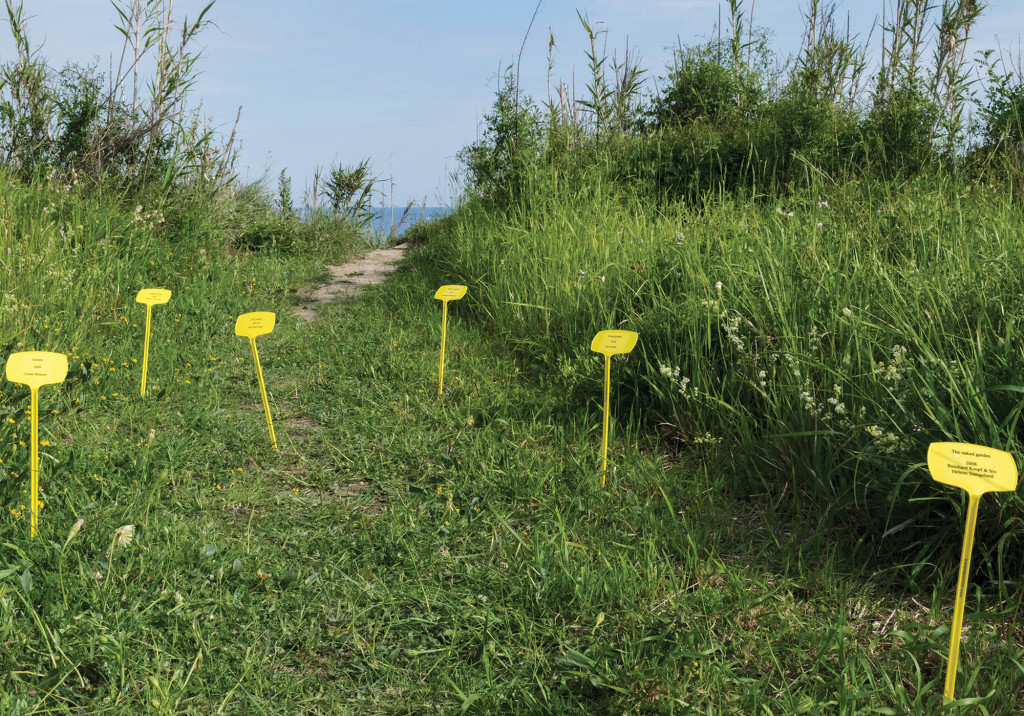
Pingback: Susak X-position – MA Fine Art
Pingback: Susak X-position: Project Salon and Chelsea MA FA students participate in exciting travelling Anti-Art Biennial starting in Croatia! – MA Fine Art